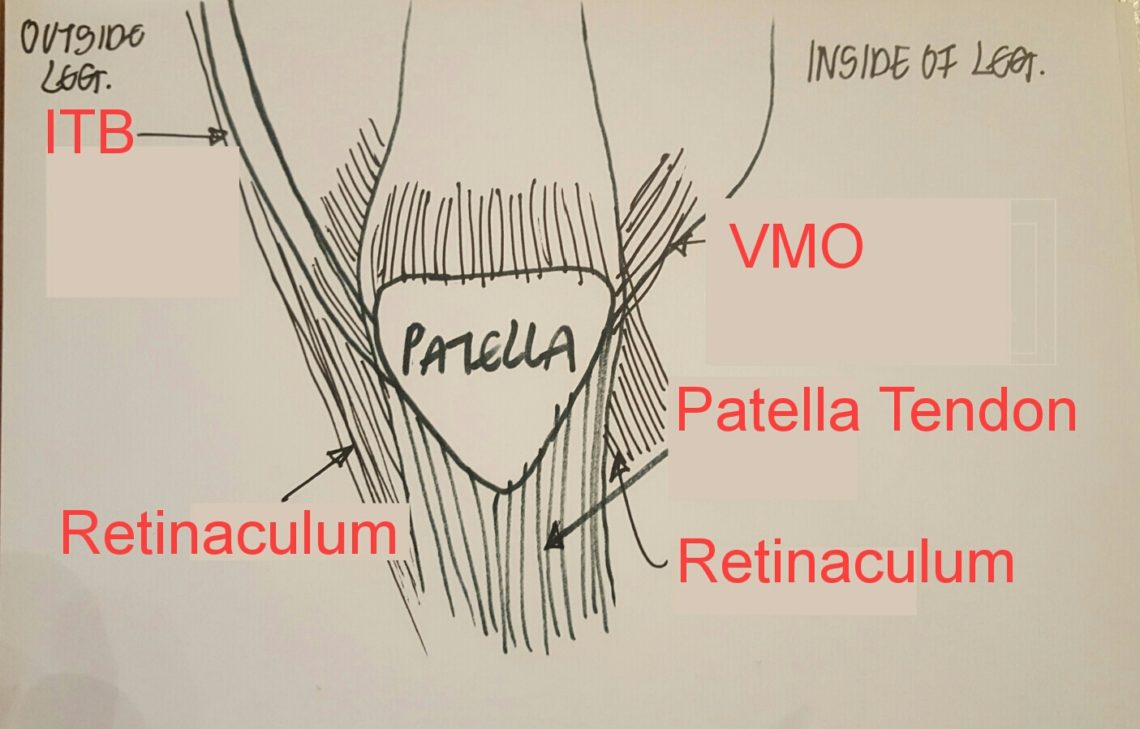FRONT OF THE #KNEE #PAIN: #PATELLAR #TENDINOPATHY AKA JUMPER’S KNEE
The patella (kneecap) tendon runs from the bottom of the knee cap to the top of the shin bone. You can feel it move by putting your hand just underneath the kneecap and straightening the leg.
Tendons like constant and gradual loading. So when they are asked to perform a new task that is significantly more load, such as a huge training change for athletes or when people go from doing nothing over Christmas to going 100mph in the gym, they get irritated.
Remember: GRADUAL, CONSTANT LOADING.
The tendon is injured by repetitive stress, and is very common on athletes participating in jumping sports, hence the name – Jumper’s Knee.
Interestingly, the tendon experiences the highest load when LANDING NOT JUMPING. This is because on jumping the quadricep muscle shortens and on landing it lengthens or ECCENTRICALLY CONTRACTS.
The questions to be asking yourself:
• Is the pain on below the kneecap directly on the tendon running into the shin bone? • Has there been a recent change in loading in training or activities?
• Is it better for movement once you’ve warmed up and worst a while after exercising?
• Pain on bending the knee fully (This stretches the tendon)?
The best way to test this is:
• Bend the knee a little (20-30°) while lying on your back or sitting
• Have someone hold your ankle and try to stop you extending the knee fully
• HOWEVER, you must let them win, so that you are resisting as they push and eventually they push your knee from 20 degrees to fully bent while your resist. If this causes pain it is a positive test.
Key for rehab is to find a level of activity that does not aggravate the tendon post exercise. This will tell you what amount of loading is safe for the tendon. Then it is key to SLOWLY AND GRADUALLY build up the tendon tolerance again. This can be a slow process and realistic timescales are needed.



